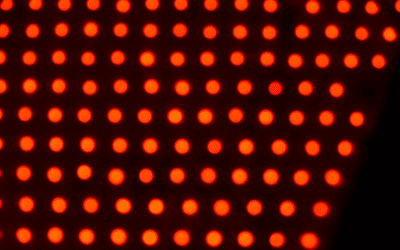Have you ever noticed your headaches worsen when the weather shifts, when you’ve traveled to high altitude, or when you get on a plane? You’re not alone. Pressure changes are a common trigger for headaches and migraines. But how exactly do these pressure shifts impact your body? Let’s explore three key areas affected by pressure changes: sinus pressure, eustachian tube function, and joint sensitivity.
1. Sinus Pressure and Headaches
Your sinuses are air-filled cavities in your face that help regulate breathing and filter particles. When barometric pressure drops, the pressure outside your body decreases, creating a pressure imbalance. If your sinuses are congested due to allergies, colds, or chronic inflammation, they may struggle to equalize this change, leading to increased sinus pressure. This pressure buildup can trigger headaches that feel like throbbing pain around your eyes, forehead, and cheeks.
Tip: Stay hydrated, manage allergies, and consult a healthcare provider if sinus issues persist. It is not uncommon for referred pain from the trigeminal nerve to feel like sinus pressure – if you have worked with an ENT and not found any prominent sinus issues, consider an appointment at Novera to chat with a headache specialist about this possibility.
2. Eustachian Tube Dysfunction
The eustachian tubes connect the middle ear to the back of the throat, helping regulate ear pressure. When barometric pressure changes rapidly—such as during flights or weather shifts—these tubes must adjust. If they don’t function properly due to congestion, tension, or muscle dysfunction, you might experience ear fullness, ringing, or even headaches.
Tip: Regular neck and jaw exercises can improve eustachian tube function, potentially reducing headaches.
3. Joint Pressure Sensitivity
Your body’s joints, including those in the neck and shoulders, contain fluid-filled capsules that react to atmospheric pressure changes. If these joints are already inflamed or irritated, a drop in barometric pressure can exacerbate pain. This increased joint sensitivity can contribute to tension headaches and migraines.
Tip: Consider manual physical therapy to maintain joint mobility and reduce inflammation.
Managing Headaches Triggered by Barometric Pressure
While you can’t control the weather, you can take steps to reduce the impact of barometric pressure changes on your body. Focus on maintaining good posture, staying active, managing sinus health, and addressing neck and jaw tension.
Neck and jaw tension are common symptoms we see here at Novera: Headache Center. Consider booking a Free Discovery Visit in-person or virtually, or call our clinic for more information on treatment.




